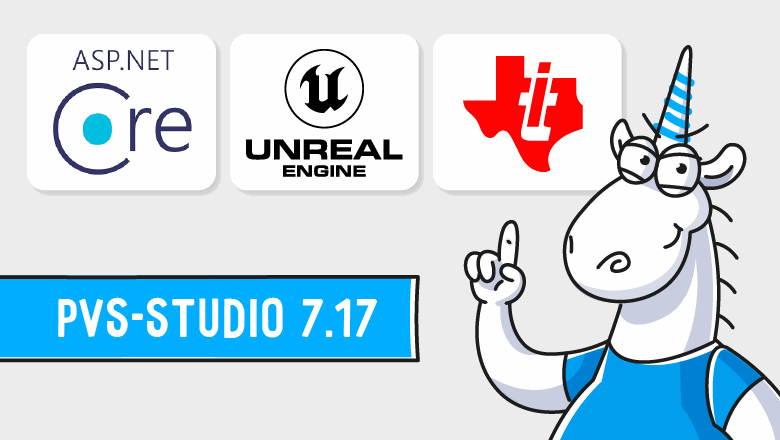Once a upon a time I moved to brand new project. And without much thought, I decided to take DevOps responsibilities (after a long period of Frontend). Huge mono-repository (Angular and Node.js) gives rise to many specific problems. And this project was no exception. At the very beginning CI/CD duration was about 1.5h. And that was the biggest problem to take care of.
But at first, I want to talk about "Bourne again shell", cause CI/CD automation almost entirely was implemented by means of shell scripts (Bash). In context of huge mono-repo even regular build becomes a piece of odd stuff. That`s why a huge amount of scripts with complicated logic inside (build, test, deploy, generation of release notes, collection of logs and metrics, ...) was another significant problem.
Regardless of lang, quality of complex logic should be under control. It is no secret that key aspect of code quality control - is tests. For example, to refactor safely major logic should be covered with tests. We decided to keep shell scripts untouched and cover the major ones with tests before any refactoring. Of course, it is possible to use Jest (or Mocha) with a bunch of awful utils to test shell scripts. This approach is a bit wordy and has no value if scripts under test is written in Bash. Also I have no idea how to mock external shell commands (such as curl, ls, touch, npm, ...) with Jest or similar framework.

















